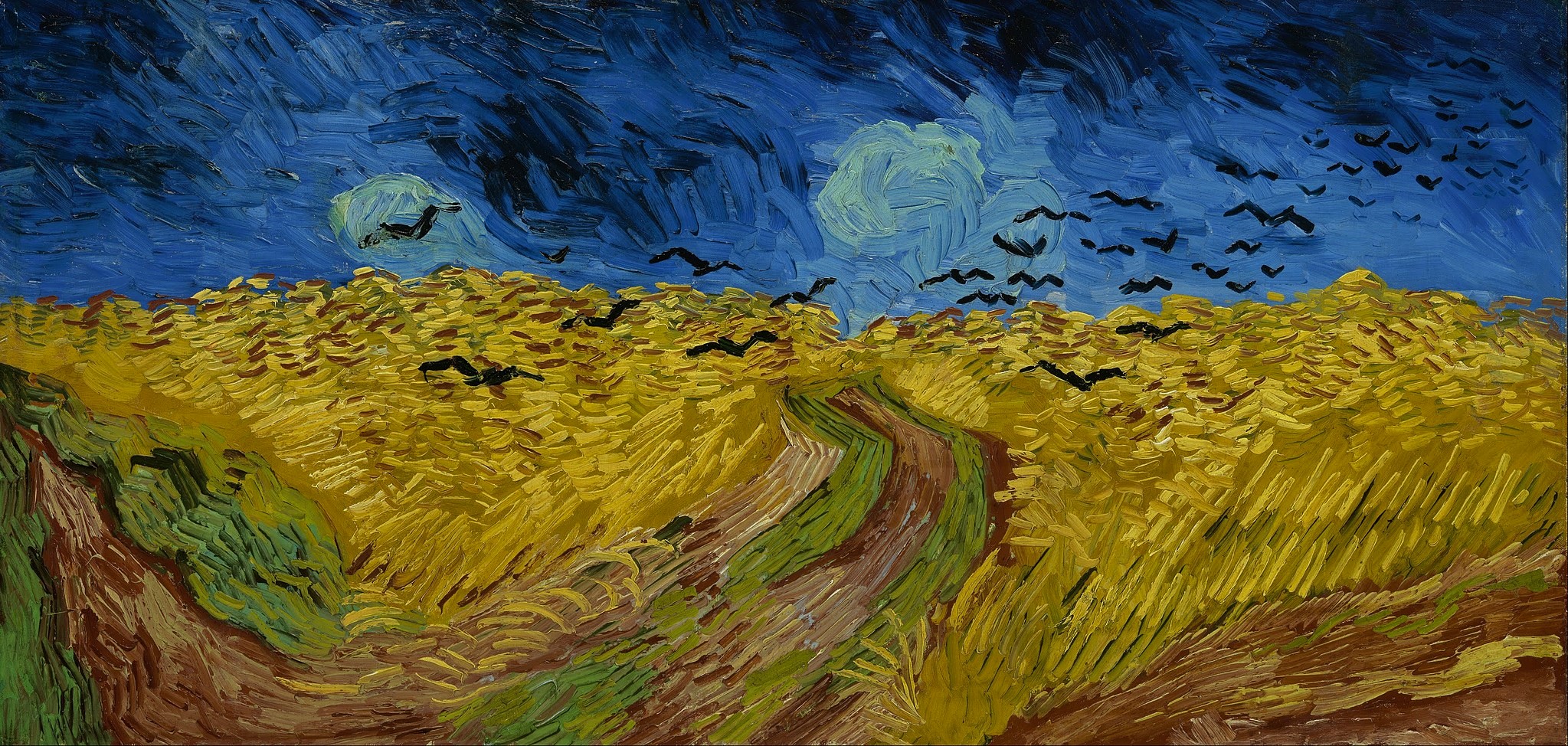When I visited the Museum of Modern Art (MoMA) with a friend of mine last year, the dramatic contrasts of modern art styles were most visible in the paintings of Vincent Van Gogh (Starry Night) and Pablo Picasso (Les Demoiselles D’Avignon) in adjoining galleries. The radiant Van Gogh welcomed sustained crowds of admirers while the Picasso had a few passers-by who may have acknowledged the picture’s fame or briefly cocked their heads to try to make sense of it before moving on.
Is beauty really in the eye of the beholder or is there something objective which drew all those people to the Van Gogh rather than the Picasso?
Summarizing Part 1 of this series, we noted that there are five qualities that explain why something achieves a consensus opinion as beautiful. These qualities are unity, harmony, proportion, wholeness, and radiance.
The most important quality
Of the five elements, the fifth – radiance – is the most crucial characteristic of beauty. If that is the case, it is not hard to see how a painting of such brilliant color like Starry Night is considered beautiful by many people.
Radiance is also the quality that most touches on the spiritual. In his book, The Evidential Power of Beauty, Fr. Thomas Dubay explains:
Radiance of the inner being is the chief element in the beautiful. [German philosopher] Josef Pieper noted that in its original sense beauty is “the glow of the true and good radiating from every ordered state of being, and not in the patent significance of immediate sensual appeal.” In the beauties of nature there are the inner/invisible and the outer/visible elements (a daffodil, a cheetah, a person), and so also in works of art. The inner element is the essence… the unseen energy that explains the outer brilliance of sound, colors, proportions. (35-36)
Note the emphasis on the interior aspect of beauty as opposed to its “immediate sensual appeal”. Writers like Plato and St. Augustine called this quality claritas, clarity, and sometimes associated it with color. Notice that Dubay describes radiance as “the essence” of beauty.
Real beauty does not always appeal to our superficial perception of things. Things that shimmer, glow, or exude a glitzy charisma or luminosity are often considered beautiful by a materialistic culture. They also tend to sell better than non-flashy things.
If you doubt this assertion, consider the last set of commercials you watched on TV: did the ads feature any dull colors, homely objects, or people who are not perfectly crisp and glowing in all appearances? The question answers itself.
Radiance is not superficially pleasing and exciting at first glance. It strikes a chord inside the person, in a deeper and more lasting way than an ad or a celebrity gala.
Beauty that radiates from an inner essence is something people sense intuitively when they see it. They may not be able to describe what they like about it except in generalizations, such as, “Wow, she’s pretty” or “That’s really brilliant”. They might also need time to identify why the beauty of something lodges in their soul in an unexpected way and stays with them.
The beauty of a wasp
Some years ago, my octogenarian dad was working in the shed at the back of our house when he heard a faint noise behind him. He turned around and saw a full-grown, yellow-jacketed wasp hovering in the air about six or seven feet away from his face. Its gangly legs were hanging down making the insect look like he was perched there in a sort of suspended animation. Apparently, dad had invaded that fellow’s territory and the moment of reckoning for such insolence had come.
Dad stared at the hovering creature for a few seconds and calmly appreciated it for the exquisite natural work of art it was. Personally, I would have been grabbing for some large swatting object at that moment, but Dad is more in tune with reality than I am.
He told me that he talked to the creature and made a sort of peace accord with it: “You don’t come after me, I won’t come after you. Agreed?” (I’ve always suspected that Dad was related to Dr. Doolittle.)
Then the wasp, who must have felt that he had made his statement, calmly buzzed away to go menace someone else. Neither contender in the shed seemed to exhibit any fear. Neither harmed the other, although both could have. It was an encounter of mutual respect.
Dad’s summary description of the incident to me later was this: “That wasp was just beautiful.”
The gift of reverence
This opening to a wider reality we experience in the presence of deep beauty happens to be the fruit of a very important Christian virtue – reverence. Romano Guardini calls reverence the capacity of soul which allows us to step back and appreciate something for what it is, and then pronounce it “good” like God did on each of the days of Creation.
Detached from the fear that the insect could sting him, stepping back and seeing the actual artistry of the stinging creature’s makeup, my father saw it as something deeply good in itself. We can experience reverence for anything that is good.
Reverence also allows us to see the truth of the object we are looking at, if indeed there is any truth in it. If one were to go into the biology lab and dissect the wasp, he would see the truth of the creature’s anatomical structure, which is as complex and beautiful as an F-16 fighter jet. One must also respect the truth of the insect’s stinging power and the truth of his being a territorial creature whose property my father had invaded.
Reverence gives us the capacity for a respectful encounter with authentic Beauty, Truth and Goodness wherever we may find it. If you can discover beauty in a large, stinging insect in your shed, you can find beauty just about anywhere.
The wider message is that the whole created universe is an open museum of ravishing beauty for those who have eyes to see.
[We will move on to our final discussion of beauty in the eye of the beholder in Part 3 of this series, where we will also include the SOUL WORK section associated with the theme.]




Leave A Comment